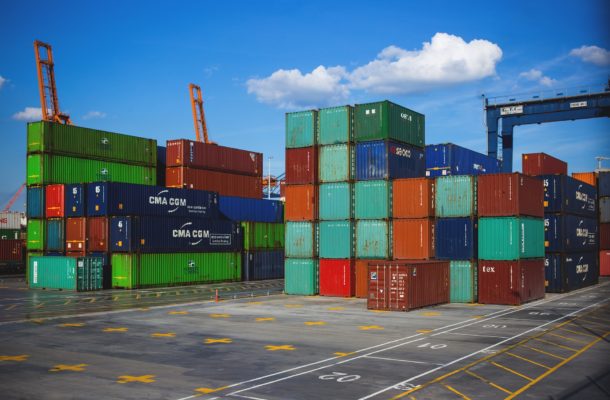Trade and Assistance Review 2013-14

The Trade and Assistance Review 2013-14 was released on 24 June 2015. The review contains the Productivity Commission’s latest quantitative estimates of Australian Government assistance to industry.
Australian industry received over $17 billion in gross assistance from the Australian Government through budgetary outlays, tax concessions and tariffs in 2013-14, according to the latest annual Trade and Assistance Review (The Review) by the Productivity Commission.
Notably, budgetary assistance to industry in 2013-14 was about 17 per cent (or $1.3 billion) higher than in 2012-13.
The Review finds that while tariff assistance today is much lower than it was – from as high as 125 per cent in 1985 to a maximum of 5 per cent today – on average it ‘taxes’ every Australian about $150 each year. Businesses incurred an estimated $7.3 billion in additional input costs in 2013-14, from the same source.
The net effect of assistance varies significantly by sector. Manufacturing remains the biggest beneficiary, receiving around $7 billion in net assistance. Other sectors do far less well from the taxpayer. Services once again bear a greater imposed cost – with the tariff penalty on their inputs perversely outweighing the benefit from government assistance measures.
The Review highlights that services are more important than traditional trade statistics suggest. While trade statistics suggest that manufactures are about 36 per cent of Australian exports, on a value added basis much of this is composed of services. Consequently, services are more like 42 per cent of Australian trade; and manufactures fall to around 14 per cent. Imposing a net burden on services through industry assistance measures in part designed to promote exports appears even less explicable.
The Trade and Assistance Review 2013-14 also outlines policy insights from the evolution and recent developments in the measurement of global value chains. The new data tracks global value chains as goods and services journey between countries, regions and industries before they end up in the hands of the consumer. This recently available data shows that more of our exports ultimately end up in Europe and the United States than suggested by traditional Australian trade data. ‘Global trade statistics now unravel the DNA of value-added trade between countries and regions. Current policy settings not based on them, and many trade and industry policies are not, are at best ill-informed’ said Commissioner Karen Chester.
The Review also comments on the weakness of Government assessment of both industry assistance and preferential trade agreements (otherwise known as ‘free trade agreements’). Established benchmarks for assessment are not being applied. Even if the policies were advisable, the analysis to support that is not being developed as might be expected.
A ‘gap analysis’ of assessment work for the Japan Australia Economic Partnership Agreement compared with the Commission’s previously published benchmarks for rigorous assessment has been undertaken and is included in the Review. ‘Our ‘gap analysis’ of the Japan Australia Agreement shows today’s assessment processes fall well short of what is needed before committing us to these agreements,’ Commissioner Karen Chester said.
The Productivity Commission is the Australian Government’s independent research and advisory body on a range of economic, social and environmental issues affecting the welfare of Australians.






